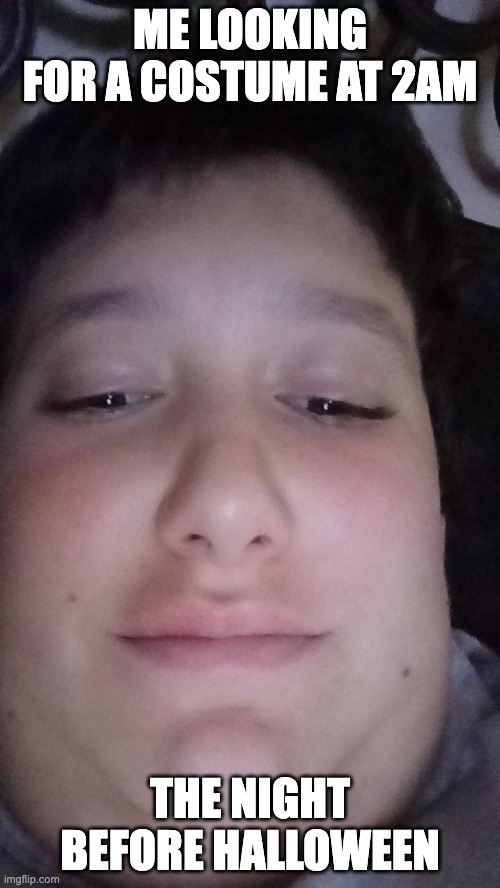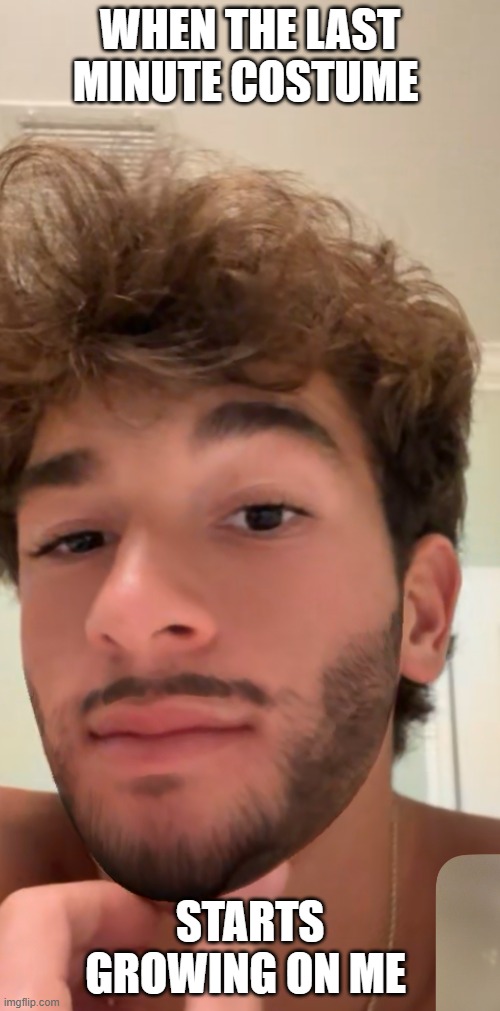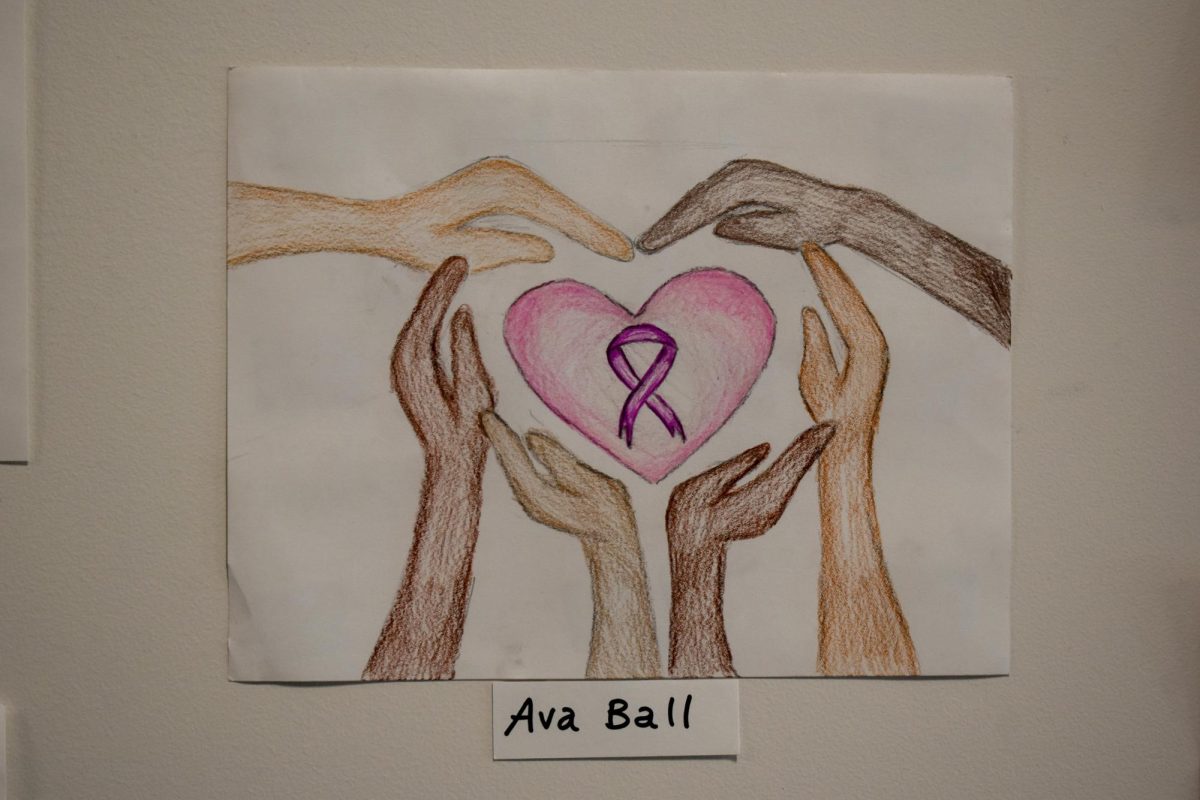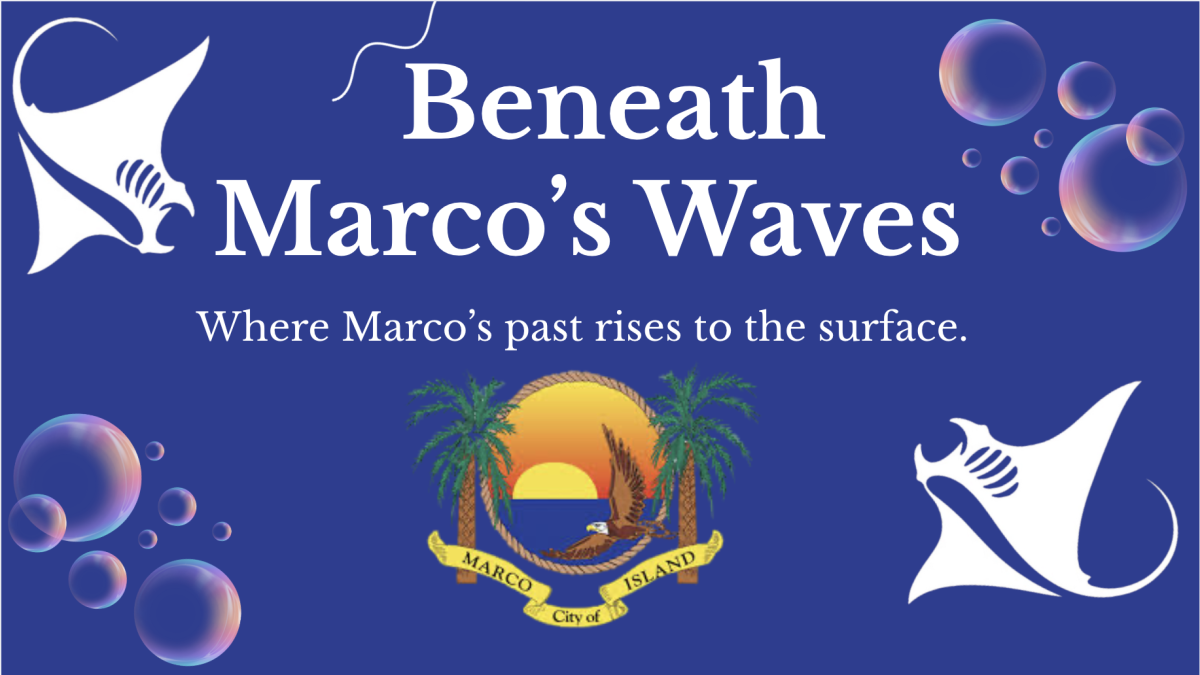Silent Spring: A Review
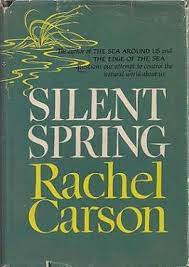
Silent Spring is a book by Rachel Carson that showcases the need to preserve biodiversity in the natural world.
March 10, 2023
Written by Rachel Carson in 1962, Silent Spring is a call to action for environmental change. Specifically, this book was written to help encourage legislation to combat the excessive use of pesticides, specifically DDT. DDT was a particularly deadly pesticide that harmed the whole ecosystem in which it was used. This was because the amount of bugs killed was causing the organisms that ate them, such as birds, to starve and was disrupting food webs all over the world. This threatened global biodiversity and population numbers. Rachel Carson was trying to get across the point that the world’s priceless ecosystem would be dulled to nothing if the use of pesticides was continued.

The book starts out by describing a dystopian reality. A strange illness is plaguing a seemingly normal, suburban/rural American town. Livestock, natural animals, and people are all dying in unexplainable ways. It is noted the strange quiet that has apparently smothered the town. It is revealed that all these problems stem from a mysterious white powder the government has promised would cure diseases and rid the world of insectile plights. The powder is a mix of pesticides that were commonly used in the 1950’s and 1960’s.
The book then moves to back up this doomsday scenario with evidence of it happening elsewhere. Numerous examples are given in which pesticides have been used and have caused severe and irreversible damage to an environment and the secondhand effect that has on humans, specifically in human nervous systems.
The water contamination is also brought up, as when pesticides get into the water supply in an area they are impossible to get out using water filtration systems and other methods. It also contaminates algae and phytoplankton, which in turn works its way up the food chain up to humans. A problem that the book brought up was also the permanent/future contamination of areas thanks to pesticides that had been used for years.
A visible problem that helped drive the meaning of the book deep into the hearts of many conservationists is the lack of birds in the mythical town. This is due to the fact that pesticides killed off the bird’s food sources. This was starting to be the case in many cities and towns across the world. Many worried that this was a bad omen of the future of biodiversity on a global scale (as that’s what it was), which helped the book become more widespread and widely accepted among the intellectual and scholarly community.

The use of research alone to try and convince a population of people that change is necessary and important won’t work unless emotions and a potential ultimatum is proposed, which Carson recognized. The book opens by shrouding the use of pesticides in mystery by describing the effects of them. The audience is left feeling the ‘white powder’ is a form of witchcraft or enemy chemical weapon due to the deaths, damage, and destruction it had left. The fact that it is pesticides is revealed later on, along with the scientific backing behind this seemingly doomsday scenario that is quickly becoming a reality in the lives of the people in the fictional town and the audience members reading the book, who are suffering from a very similar set of circumstances.
It is a truly impactful book. The environmental and political impacts are evaluated in a larger context, which allows for the true emotion of the book to be felt. Silent Spring is both a literary masterpiece and an effective call to action for preserving the environment.



